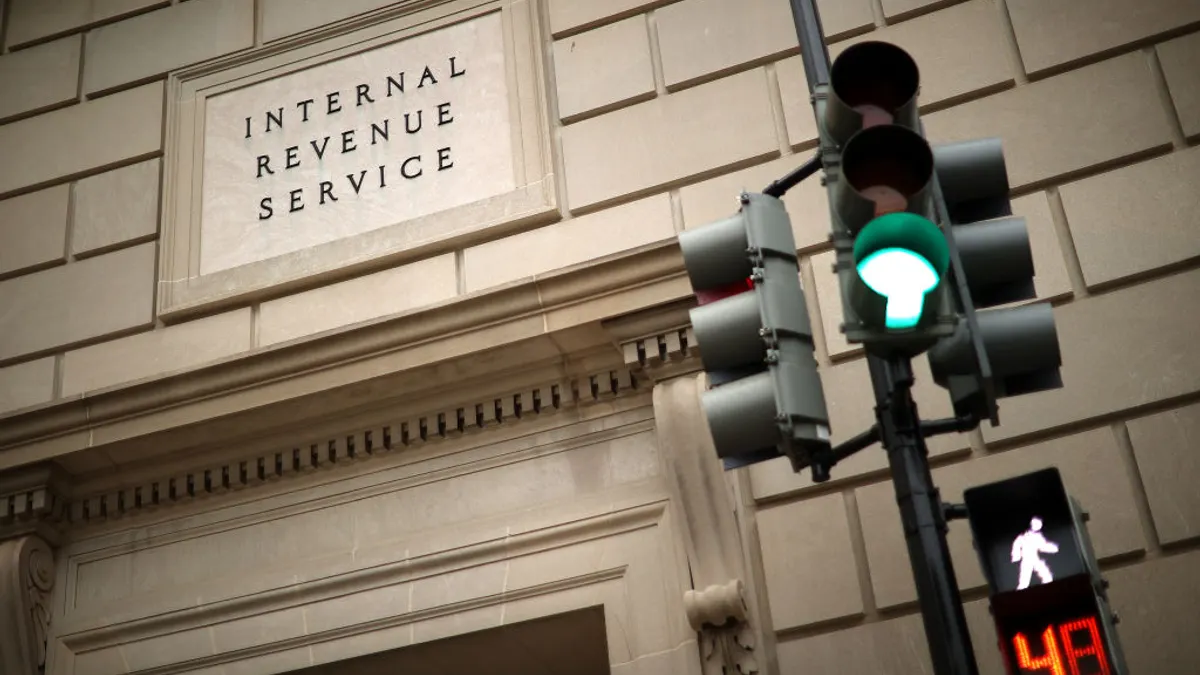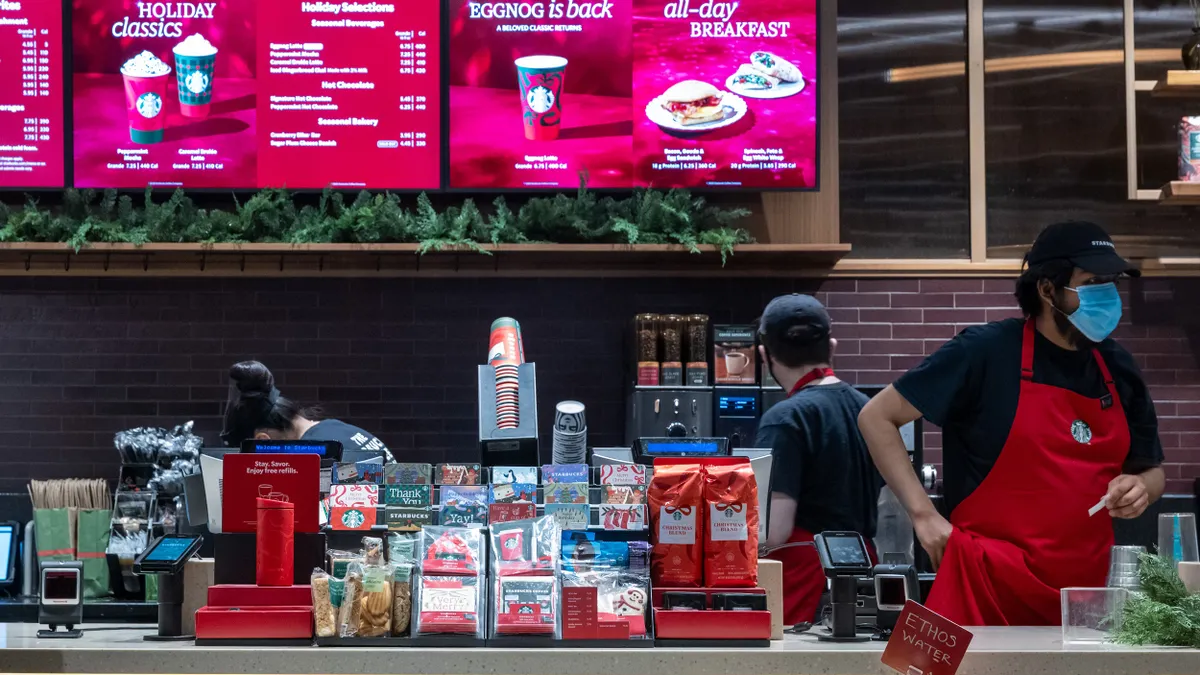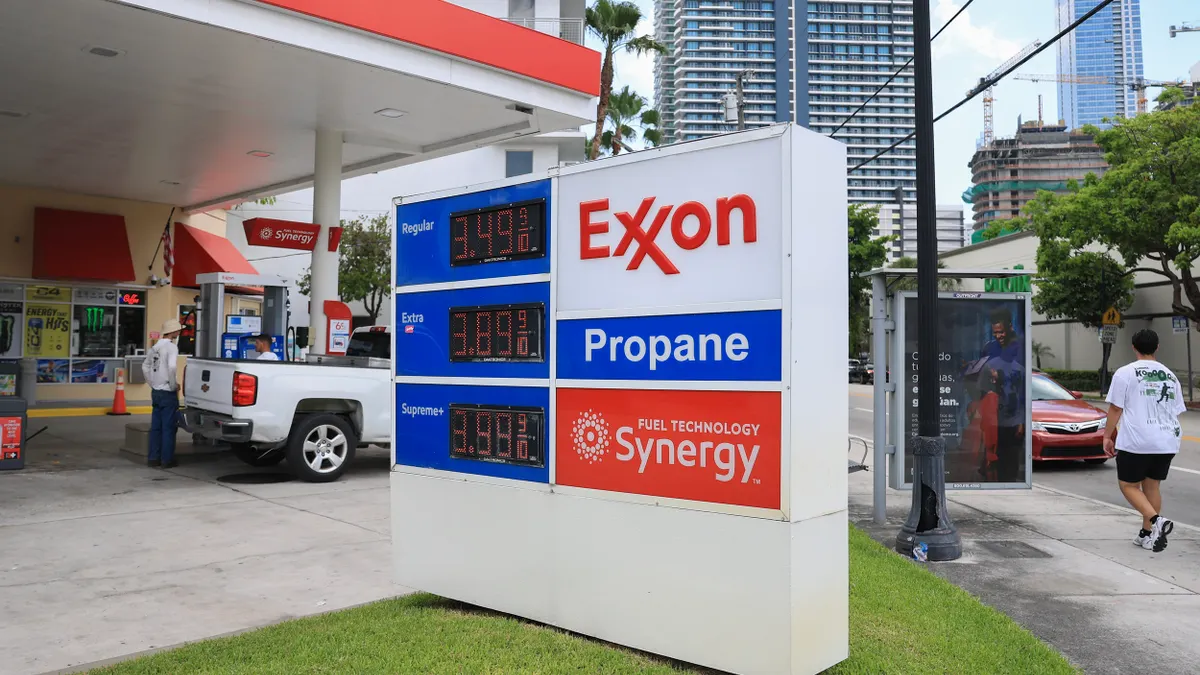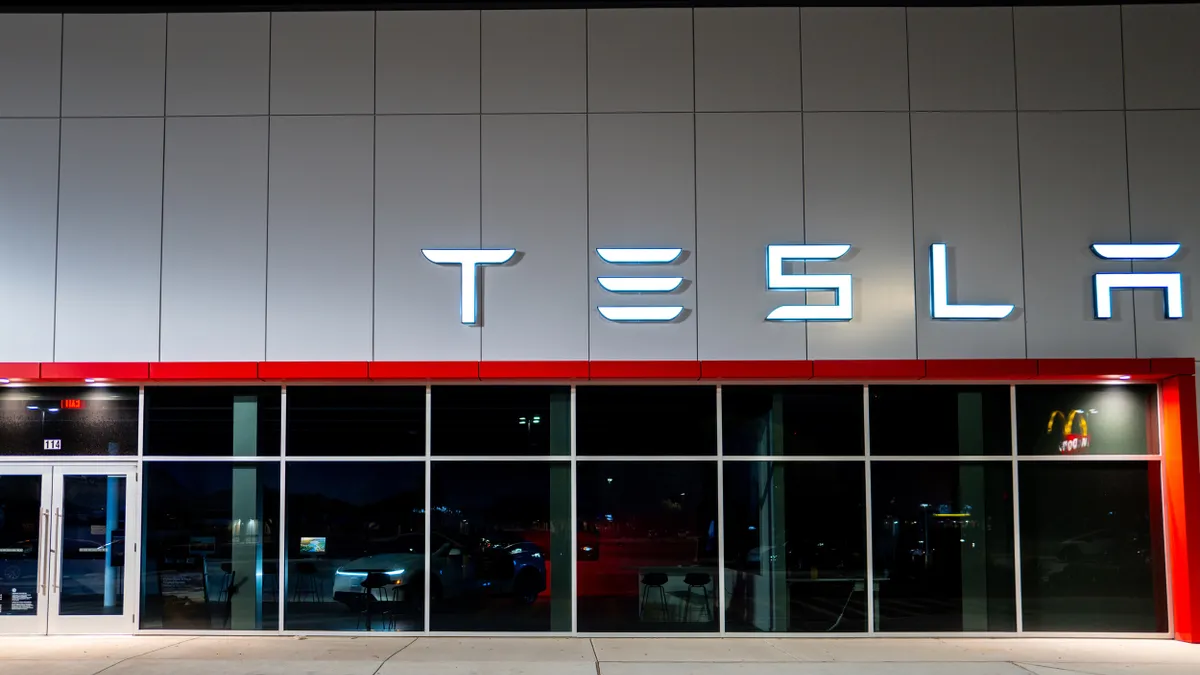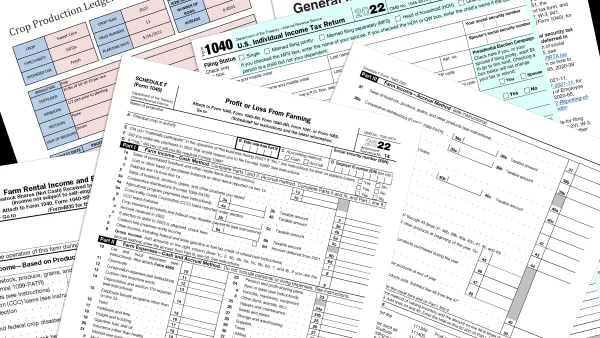The sharp upward trajectory of gun violence and mass shootings has led to the rise of a rather macabre financial product: active shooter insurance that an increasing number of companies are taking out to reduce the financial implications of such events.
While mass shootings events are — unfortunately — not new, insurance policies that specifically take them into account only started emerging around 2016, according to Paul Marshall, managing director of active shooter/workplace violence programs at the Ohio-based insurance provider McGowan Companies.
Marshall, an early pioneer in the field, said he conceived of the product in response to a local school shooting event, which resulted in a 12-year-old girl who was paralyzed after getting shot in the back. The school’s general liability carrier, however, said the girl’s mother would need to sue the school to get any money from them, which she did successfully. Marshall, though, said it shouldn’t have gotten to that point.
“My wife, she said ‘you’re in the industry, and it stinks. Who is going to help the victims? You should set up a policy that helps victims and I think people would buy it.’ That was one of the original concepts. We wanted to answer the question: who would help the victims?” said Marshall in an interview.
Beyond the motivation of helping victims of mass tragedies, Marshall also pointed out that having insurance is much cheaper than a lawsuit. He noted that CVS was successfully sued for $42 million following a mass shooting incident; the victims of a mass shooting in Vegas received an $850 million settlement.
Small but growing market
The market for these products, he said, is not that big compared to other things like cybersecurity. Marshall estimated there are between 5,000 to 10,000 such policies in total between himself and his competitors, with roughly $100 million worth of premiums. By contrast, he noted that cybersecurity insurance is a $6 billion market.
However, he does not think it will stay like that for long. Demand for active shooter insurance has seen meteoric growth in a very short time — this year alone Marshall said he has seen a doubling in orders every month this year. In what he conceded was a very aggressive projection, he predicted that the market would be doubling every year, year-over-year for multiple years.
Justin Peterson, deadly weapons underwriter for the London-based insurance provider Beazley, reported similar demand spikes, saying his own company has seen 700% growth in this product in just the past four years. He added that there is usually an increase in interest in these policies following an active shooting or similar tragic event. He also noted demand for these policies comes from a broad range of industries.
“Unfortunately, every industry sector has an exposure to these types of events, but our largest industries are education, religion, municipalities/public entities, hospitality and events/entertainment,” wrote Peterson in an email.
Covering drones to parades
Marshall said most policies apply to a specific location, but lately some have branching out to cover people as well. He noted that some of his university clients wanted ways to maintain protection when sending a marching band to the Macy’s Thanksgiving Day Parade or to an overseas program.
“So we made off site coverage. We will insure all your employees, students, and volunteers — think of the churches who have people go into the community to help the homeless or work at a soup kitchen, so we can expand that and include that,” he said.
As with most things, the devil is in the details. For example, the specific names for these policies can vary, ranging from “active shooter” to “active assailant” to “mass shooter” or something else.
While people may broadly place them all under the same category, Peterson said they are not necessarily the same.
“For example, an active shooter policy may only cover the use of firearms. A ‘mass shooter’ policy may have different conditions and definitions than a more general policy. With our Deadly Weapon Protection product, we have a very broad definition of ‘weapon’ and do not tie coverage to a minimum number of victims which is very important to consider when purchasing a standalone product,” he said.
Marshall, on the other hand, disagreed, saying that while there might be some particulars they’re all responding to the same kind of event. He noted that people had lots of different names for cyber coverage before the industry settled on that one, such as “Internet attack or something else.” He noted that, today, some people call it active shooter or workplace violence or deadly weapon protection or active assailant but says, more or less, they’re pretty similar.
“What I tell people, these policies respond to three things, like in Clue,” Marshall said, referring to an assailant (such as Professor Plumb). “But we also include vehicles, drones flying over a Friday night football game or a large parade. The type of instrument that can be used has expanded,” he said.
Gray lines
No matter the name,, finance executives should makes sure to review and understand what their policy covers. Rick J. Lindsey — president, CEO and chairman of Utah-based Prime Insurance Company — pointed out that there are always hair-splitting particulars that insurers will use to minimize the chance of having to actually cover something.
“So where does the coverage start and stop? Say a shot is never fired but everyone stampedes and people get run over and stepped up and crushed in the door. But there’s no shooting. That’s how many gray lines there are,” he said in an interview.
While his own firm does sell standalone mass shooter policies, it’s not the way he likes to cover people. The market for these products, said Lindsey, reflects a growing issue within the industry itself, namely increasingly-specialized policies that cover only a narrow range of events.
He said it’s much better for the customer to have their business covered overall, and have mass shooting incidents be included in the policy. This is part of the overall relationship he said insurers really need to be having with their clients, which is predicated on being a trusted partner who will work directly with them in reducing risk but will also be there for them should problems occur. People may hesitate because it might seem more expensive at first — he noted most simply want cheap insurance because they’re confident they’ll never need it —but through establishing a more involved partnership, these issues can be addressed.
“When we go into a place, we help them with active shooters, we help them put video cameras in, we tell them the things they have to do and if they do those things we can give them a better rate,” he said.
For CFOs shopping for these policies, Lindsey said they should be mindful of all the fine print, such as the situations where the policy won’t provide coverage, as well as how much one pays in premiums versus how much one gets back (he noted that many are effectively self-insured when taking deductibles into account). He advised against just going for the lowest price.
Cheap vs. right
Peterson, similarly, said it is wise to examine the specifics, adding one should also look at the level of response services being provided — ideally, there is an immediate response service that focuses primarily on victim management but also communication, brand and reputation management included in the policy.
Marshall noted that there are a lot of agents through which to buy these policies, and recommended CFOs talk to whoever they buy property and casualty insurance from as a first point of access. Oftentimes those insurance agents can refer you to someone who specializes in more specific kinds of products. Marshall anticipates many more will be signing up for active shooter insurance in the future.








